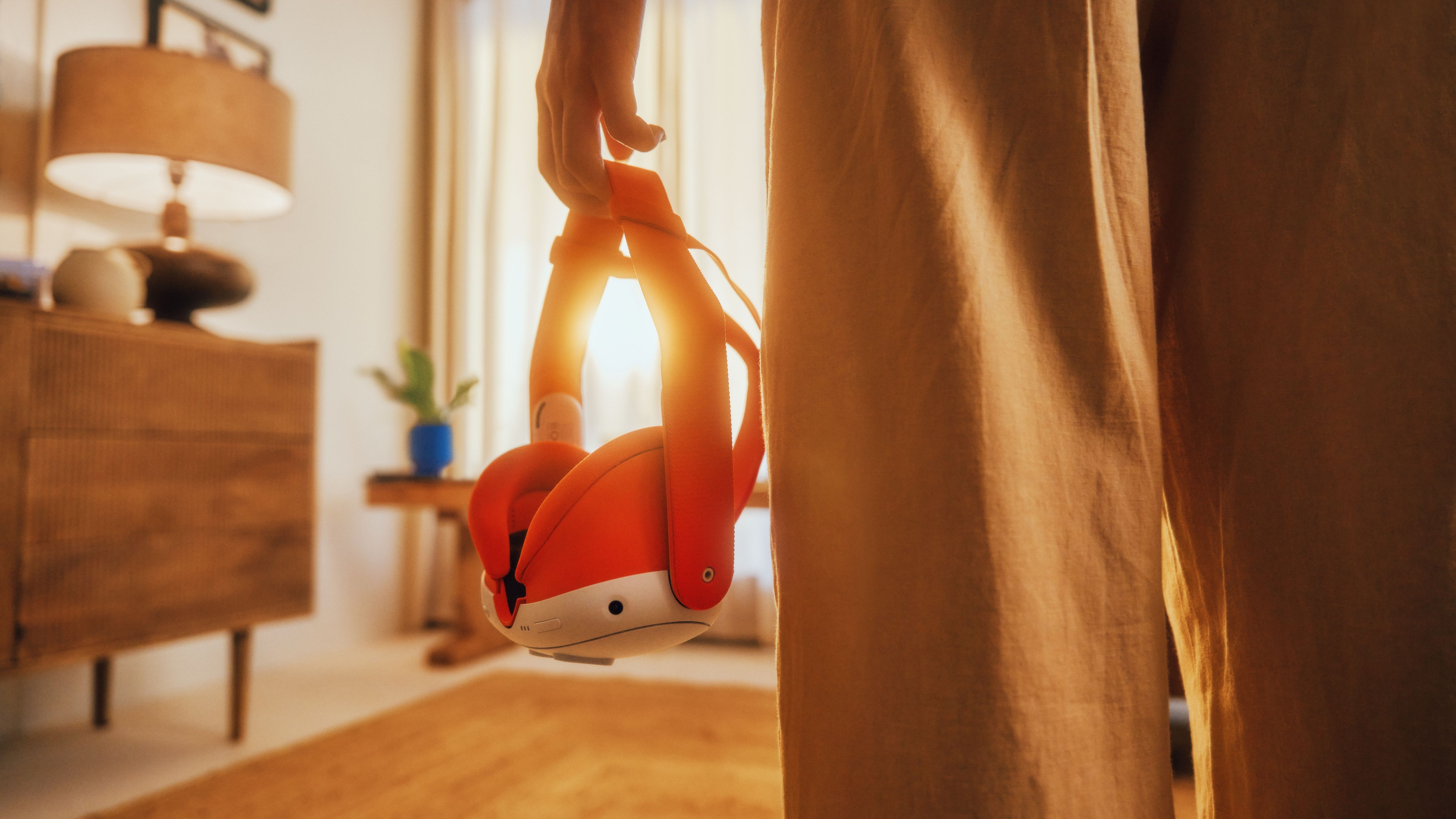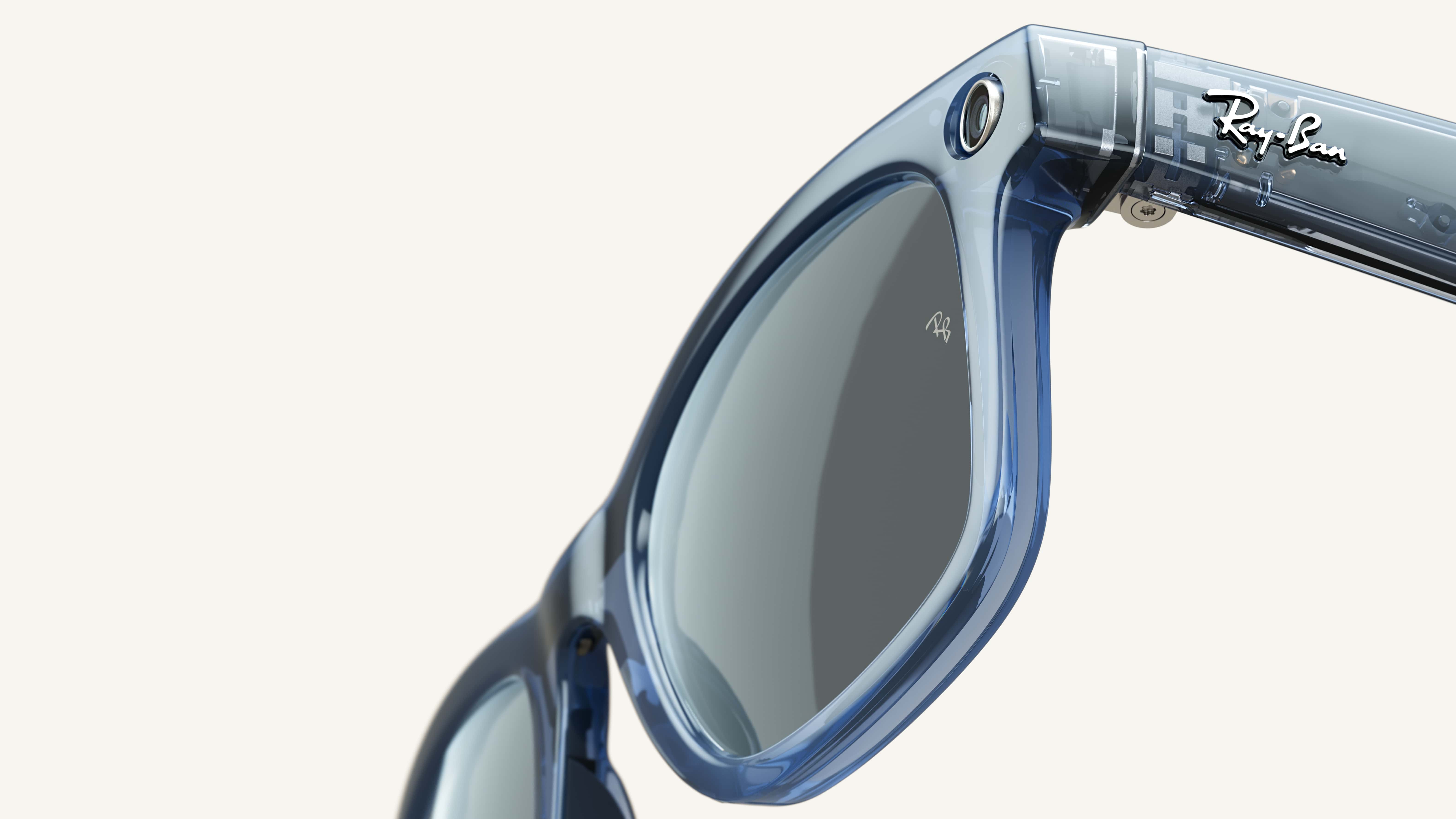Do NOT follow this link or you will be banned from the site!
Feed aggregator
How much will it cost to keep Windows 10 alive next year? You’ll have to wait to find out
Microsoft is keeping its cards close to its chest regarding how much consumers will need to pay if they want to keep Windows 10 support alive when it officially runs out in October 2025.
Windows Latest noticed that Microsoft penned a blog post detailing the options and costs for businesses looking to have extended support in terms of security updates being piped through into 2026 and potentially beyond.
This is nothing to do with consumers, however, although everyday users of Windows 10 will also have a choice to pay for extending security updates should they want to keep the OS after October 2025.
Microsoft has clarified that point in an update to the post, stating that: “The details and pricing structure outlined in this post apply to commercial organizations only.”
So when will we find out about the cost for consumers? We don’t know is the short answer – you’ll have to wait. Microsoft wrote: “Details will be shared at a later date for consumers on our consumer end of support page.”
Note that even with paying for extended support, this is just security patches you’ll be getting, and Microsoft won’t be developing or applying any new features to Windows 10.
Analysis: Should you pay for extended Windows 10 support?
To be fair to Microsoft, we are still a year and a half away from support expiring for Windows 10, so it’s not exactly a surprise that pricing options aren’t worked out fully yet. Although if Microsoft has managed to count the relevant beans and do the math for business customers, hopefully consumers won’t be left in the dark for too much longer. It's a little frustrating to see pricing for some customers, and not for others.
As to the wider issue of whether you want to pay for extended support for Windows 10, well, there are some folks in the unhappy position of not being able to upgrade to Windows 11 due to the hardware requirements. If you’re in that boat, then it might be worth exploring the options available to make your PC compatible and then migrate to Windows 11 – depending on what that entails.
If it’s a matter of adding a TPM (trusted platform module), that wouldn't be very expensive compared to the ongoing cost of subscribing (on a monthly or perhaps yearly basis) to post-support security updates for Windows 10. You could even pay a computer repair shop to help with the upgrade, as that’ll likely still work out cheaper than a support subscription in the longer run.
On the other hand, if you'll likely need to upgrade much of your PC to be able to install Windows 11, that would be more challenging (both financially and practically). For example, you may have an older unsupported CPU, which would likely requite a new motherboard or RAM. That being the case, staying on Windows 10 could make sense until you can afford a new Windows 11 PC – or indeed a Windows 12 device by that time, no doubt.
The other alternative is to shift away from Microsoft completely to one of the best Linux distros, which won’t cost you a penny – and you can always choose a distro that’s a fair bit like Windows in its interface. Although bear in mind that you’ll still face a lot of limitations using Linux rather than Windows.
You might also like...OpenAI's Sora just made its first music video and it's like a psychedelic trip
OpenAI recently published a music video for the song Worldweight by August Kamp made entirely by their text-to-video engine, Sora. You can check out the whole thing on the company’s official YouTube channel and it’s pretty trippy, to say the least. Worldweight consists of a series of short clips in a wide 8:3 aspect ratio featuring fuzzy shots of various environments.
You see a cloudy day at the beach, a shrine in the middle of a forest, and what looks like pieces of alien technology. The ambient track coupled with the footage results in a uniquely ethereal experience. It’s half pleasant and half unsettling.
It’s unknown what text prompts were used on Sora; Kamp didn’t share that information. But she did explain the inspiration behind them in the description. She states that whenever she created the track, she imagined what a video representing Worldweight would look like. However, she lacked a way to share her thoughts. Thanks to Sora, this is no longer an issue as the footage displays what she had always envisioned. It's "how the song has always ‘looked’” from her perspective.
Embracing SoraIf you pay attention throughout the entire runtime, you’ll notice hallucinations. Leaves turn into fish, bushes materialize out of nowhere, and flowers have cameras instead of petals. But because of the music’s ethereal nature, it all fits together. Nothing feels out of place or nightmare-inducing. If anything, the video embraces the nightmares.
We should mention August Kamp isn’t the only person harnessing Sora for content creation. Media production company Shy Kids recently published a short film on YouTube called “Air Head” which was also made on the AI engine. It plays like a movie trailer about a man who has a balloon for a head.
Analysis: Lofty goalsIt's hard to say if Sora will see widespread adoption judging by this content. Granted, things are in the early stages, but ready or not, that hasn't stopped OpenAI from pitching its tech to major Hollywood studios. Studio executives are apparently excited at the prospects of AI saving time and money on production.
August Kamp herself is a proponent of the technology stating, “Being able to build and iterate on cinematic visuals intuitively has opened up categorically new lanes of artistry for me”. She looks forward to seeing “what other forms of storytelling” will appear as artificial intelligence continues to grow.
In our opinion, tools such Sora will most likely enjoy a niche adoption among independent creators. Both Kamp and Shy Kids appear to understand what the generative AI can and cannot do. They embrace the weirdness, using it to great effect in their storytelling. Sora may be great at bringing strange visuals to life, but in terms of making “normal-looking content”, that remains to be seen.
People still talk about how weird or nightmare-inducing content made by generative AI is. Unless OpenAI can surmount this hurdle, Sora may not amount to much beyond niche usage.
It’s still unknown when Sora will be made publicly available. OpenAI is holding off on a launch, citing potential interference in global elections as one of its reasons. Although, there are plans to release the AI by the end of 2024.
If you're looking for other platforms, check out TechRadar's list of the best AI video makers for 2024.
You might also likeMeta teases its next big hardware release: its first AR glasses, and we're excited
Meta’s Reality Labs division – the team behind its VR hardware and software efforts – has turned 10 years old, and to celebrate the company has released a blog post outlining its decade-long history. However, while a trip down memory lane is fun, the most interesting part came right at the end, as Meta teased its next major new hardware release: its first-ever pair of AR glasses.
According to the blog post, these specs would merge the currently distinct product pathways Meta’s Reality Labs has developed – specifically, melding its AR and VR hardware (such as the Meta Quest 3) with the form factor and AI capabilities of its Ray-Ban Meta Smart Glasses to, as Meta puts it, “deliver the best of both worlds.”
Importantly for all you Quest fans out there, Meta adds that its AR glasses wouldn’t replace its mixed-reality headsets. Instead, it sees them being the smartphones to the headsets’ laptop/desktop computers – suggesting that the glasses will offer solid performance in a sleek form factor, but with less oomph than you’d get from a headset.
Before we get too excited, though, Meta hasn’t said when these AR specs will be released – and unfortunately they might still be a few years away.
When might we see Meta’s AR glasses?A report from The Verge back in March 2023 shared an apparent Meta Reality Labs roadmap that suggested the company wanted to release a pair of smart glasses with a display in 2025, followed by a pair of 'proper' AR smart glasses in 2027.

However, while we may have to wait some time to put these things on our heads, we might get a look at them in the next year or so,
A later report that dropped in February this year, this time via Business Insider, cited unnamed sources who said a pair of true AR glasses would be demoed at this year’s Meta Connect conference. Dubbed 'Orion' by those who claim to be in the know, the specs would combine Meta’s XR (a catchall for VR, AR, and MR) and AI efforts – which is exactly what Meta described in its recent blog post.
As always, we should take rumors with a pinch of salt, but given that this latest teaser came via Meta itself it’s somewhat safe to assume that Meta AR glasses are a matter of when, not if. And boy are we excited.
We want Meta AR glasses, and we want ‘em nowCurrently Meta has two main hardware lines: its VR headsets and its smart glasses. And while it’s rumored to be working on new entries to both – such as a budget Meta Quest 3 Lite, a high-end Meta Quest Pro 2, and the aforementioned third-generation Ray-Ban glasses with a screen – these AR glasses would be its first big new hardware line since it launched the Ray-Ban Stories in 2021.
And the picture Meta has painted of its AR glasses is sublime.
Firstly, while Meta’s current Ray-Ban smart glasses aren’t yet the smartest, a lot of major AI upgrades are currently in beta – and should be launching properly soon.

Its Look and Ask feature combines the intelligence of ChatGPT – or in this instance its in-house Meta AI – with the image-analysis abilities of an app like Google Lens. This apparently lets you identify animals, discover facts about landmarks, and help you plan a meal based on the ingredients you have – it all sounds very sci-fi, and actually useful, unlike some AI applications.
We then take those AI-abilities and combine them with Meta’s first-class Quest platform, which is home to the best software and developers working in the XR space.
While many apps likely couldn’t be ported to the new system due to hardware restrictions – as the glasses might not offer controllers, will probably be AR-only, and might be too small to offer as powerful a chipset or as much RAM as its Quest hardware – we hope that plenty will make their way over. And Meta’s existing partners would plausibly develop all-new AR software to take advantage of the new system.
Based on the many Quest 3 games and apps we’ve tried, even if just a few of the best make their way to the specs they’d help make Meta’s new product feel instantly useful. A factor that’s a must for any new gadget.
Lastly, we’d hopefully see Meta’s glasses adopt the single-best Ray-Ban Meta Smart Glasses feature: their design. These things are gorgeous, comfortable, and their charging case is the perfect combination of fashion and function.

Give us everything we have already design-wise, and throw in interchangeable lenses so we aren’t stuck with sunglasses all year round – which in the UK where I'm based are only usable for about two weeks a year – and the AR glasses could be perfect.
We’ll just have to wait and see what Meta shows off, either at this year’s Meta Connect or in the future – and as soon as they're ready for prime time, we’ll certainly be ready to test them.
You might also like